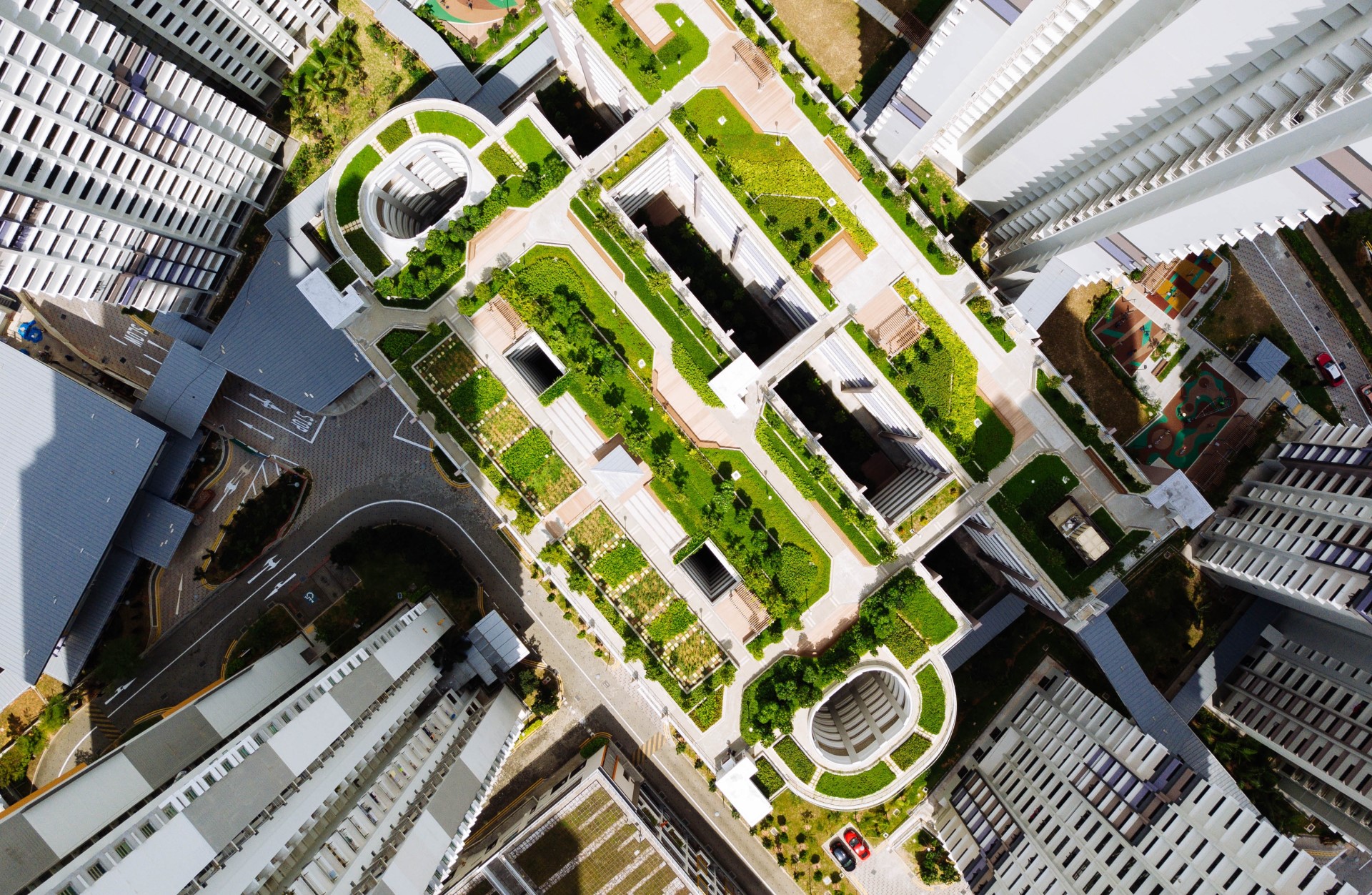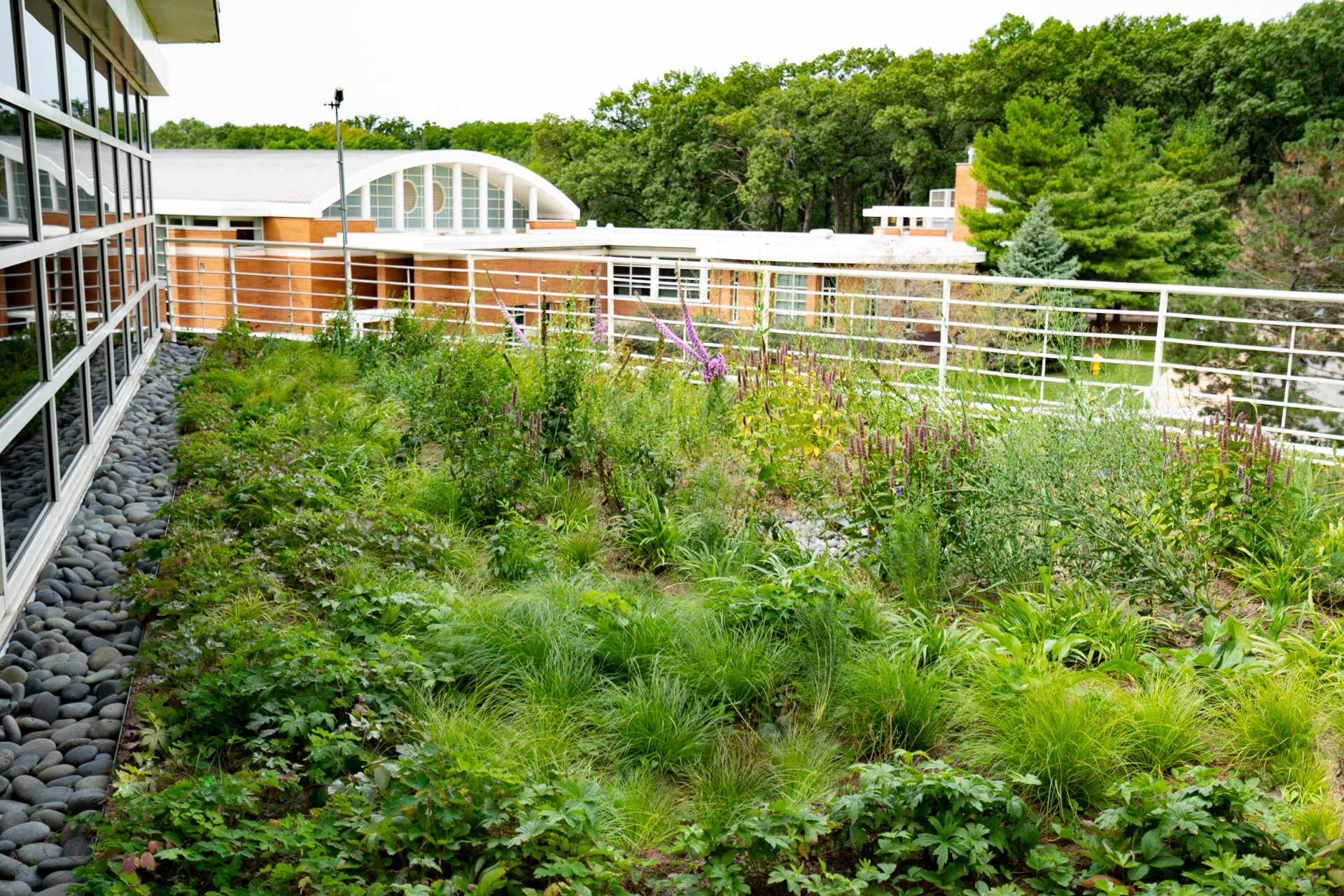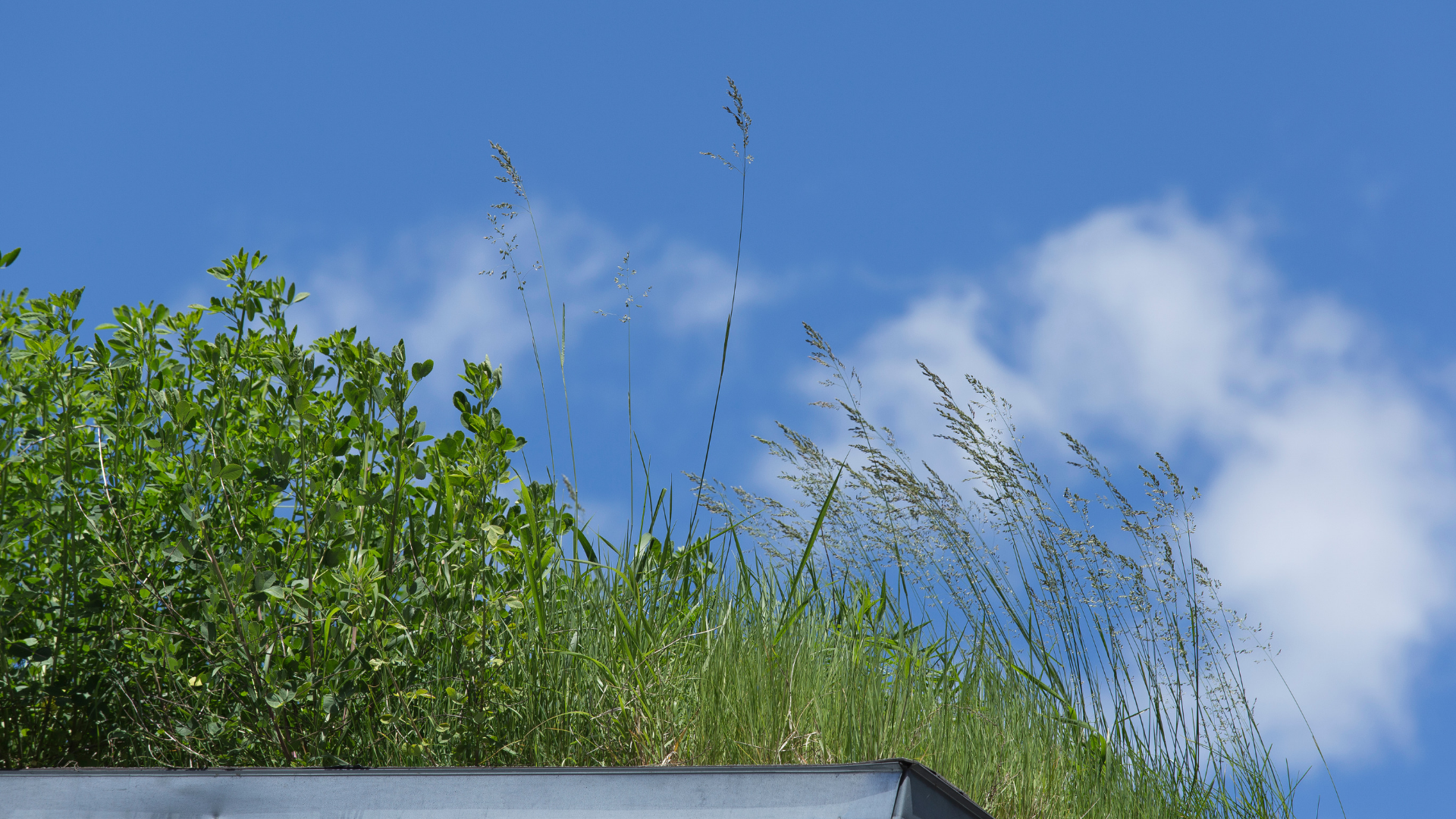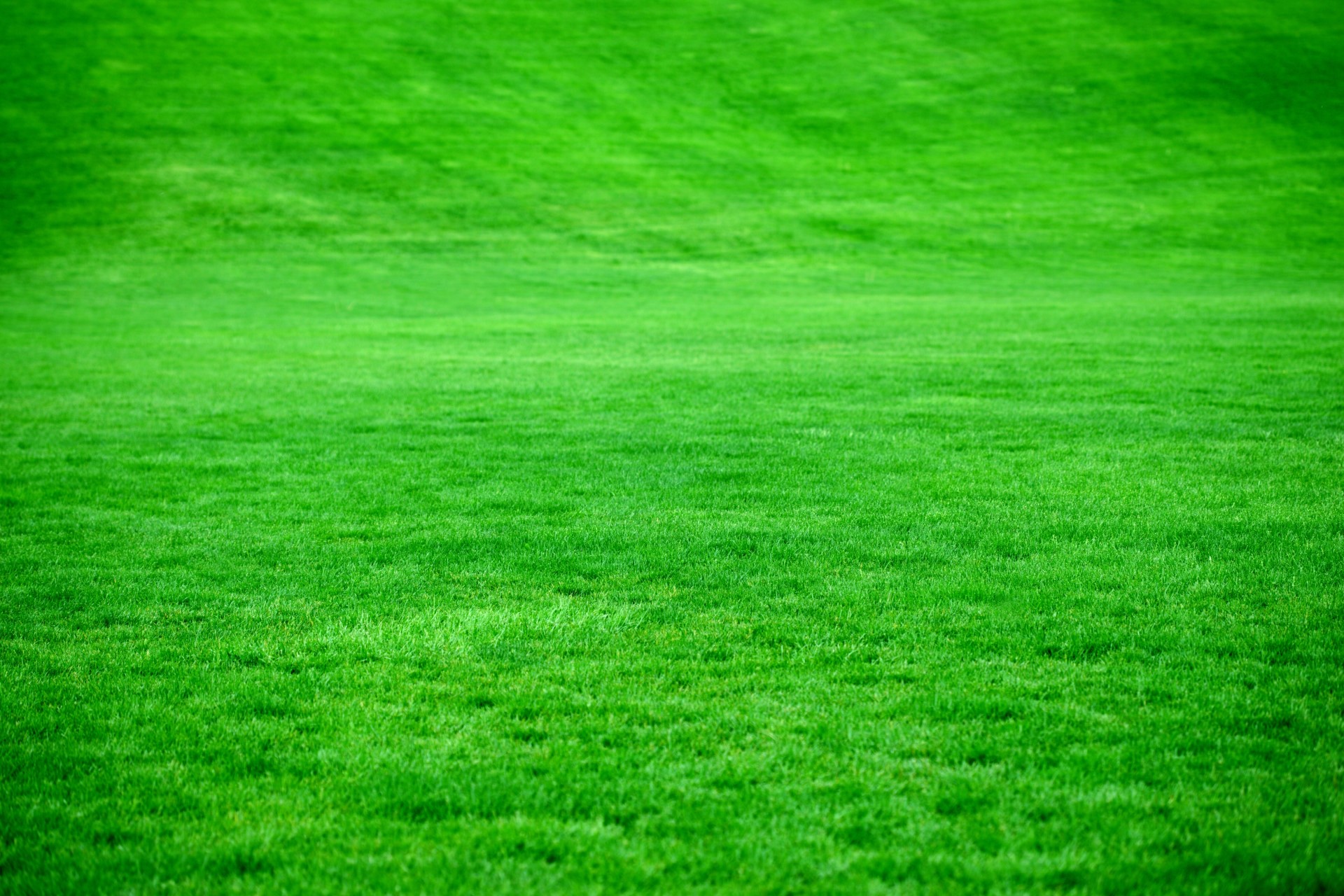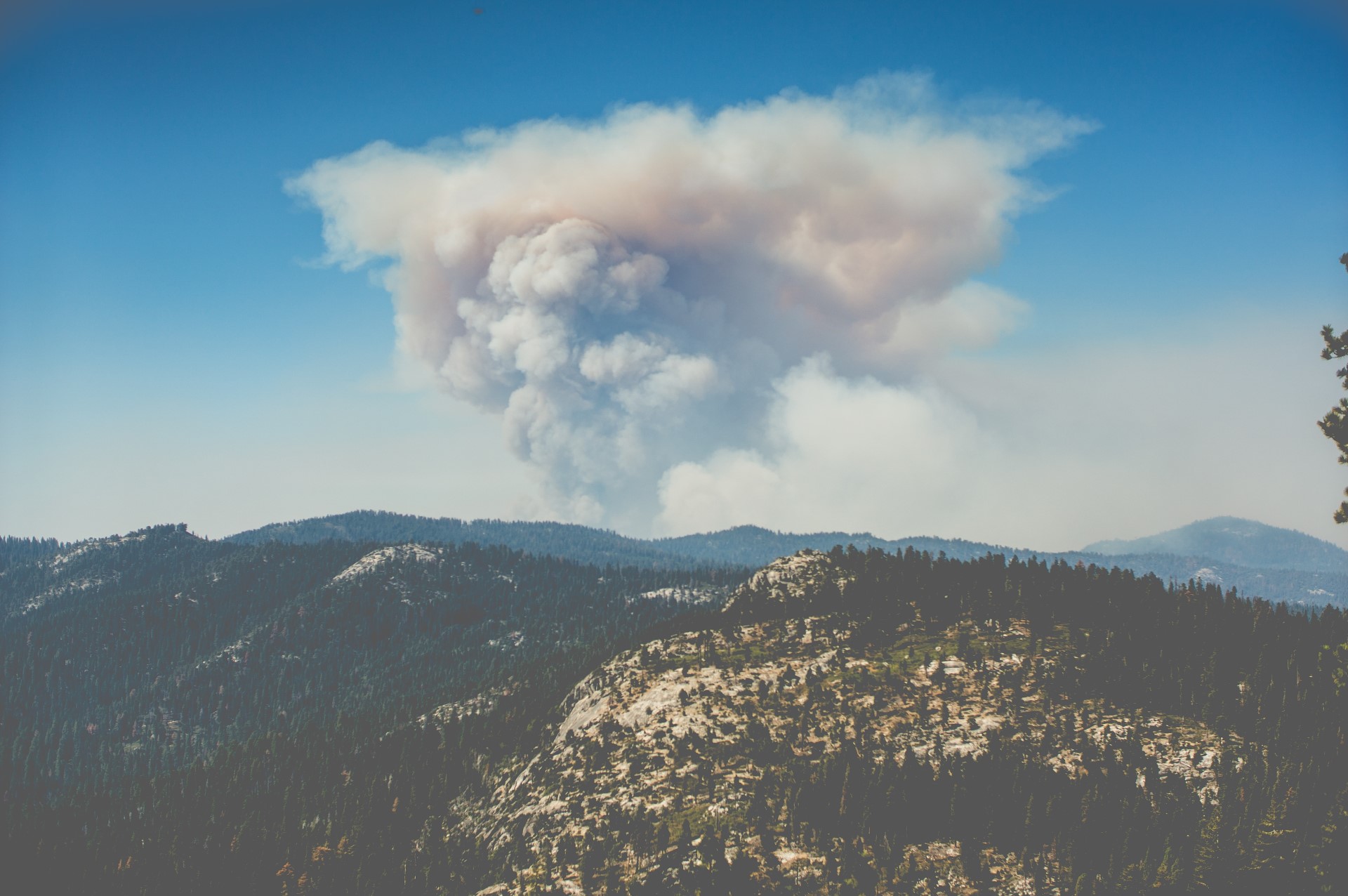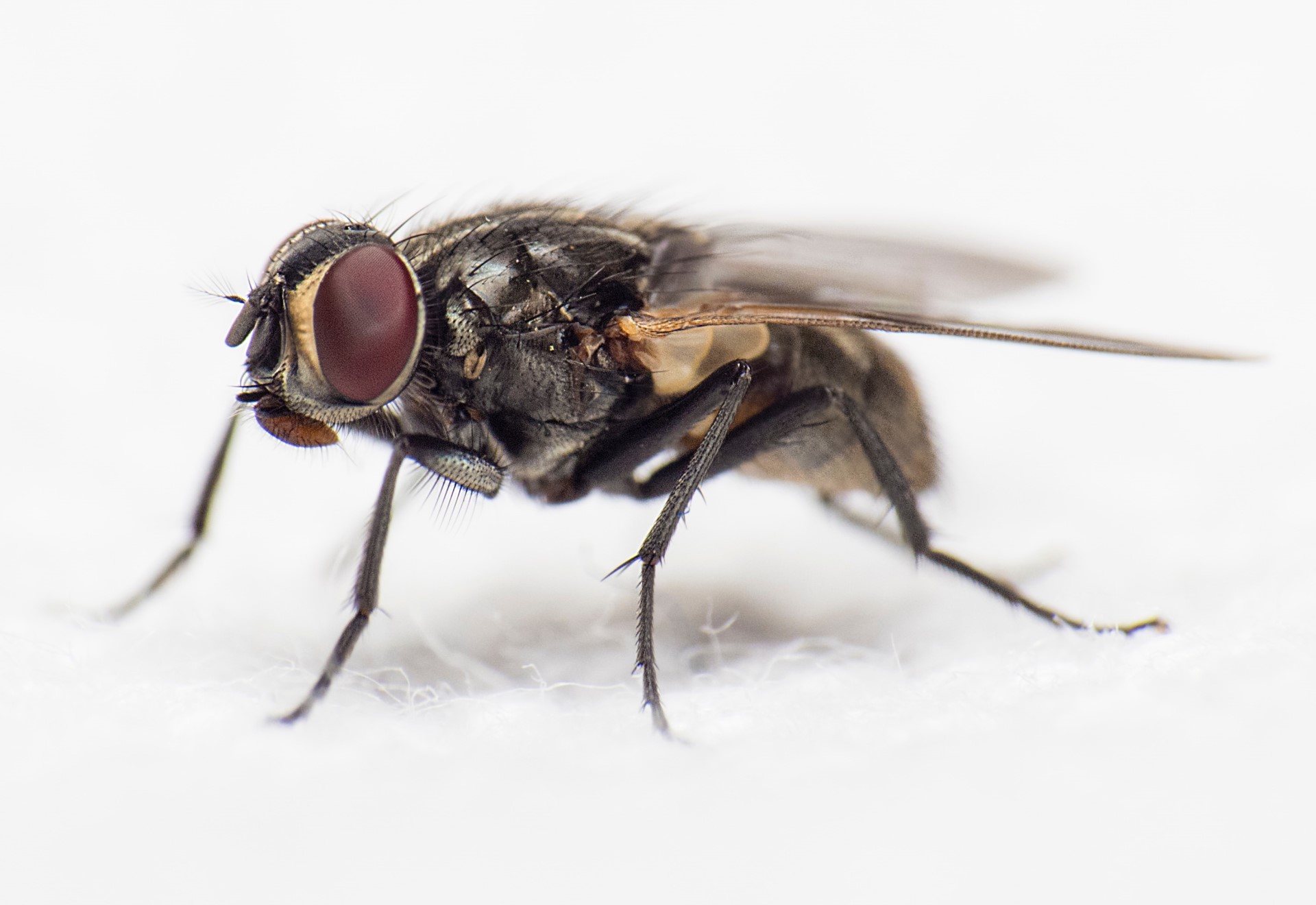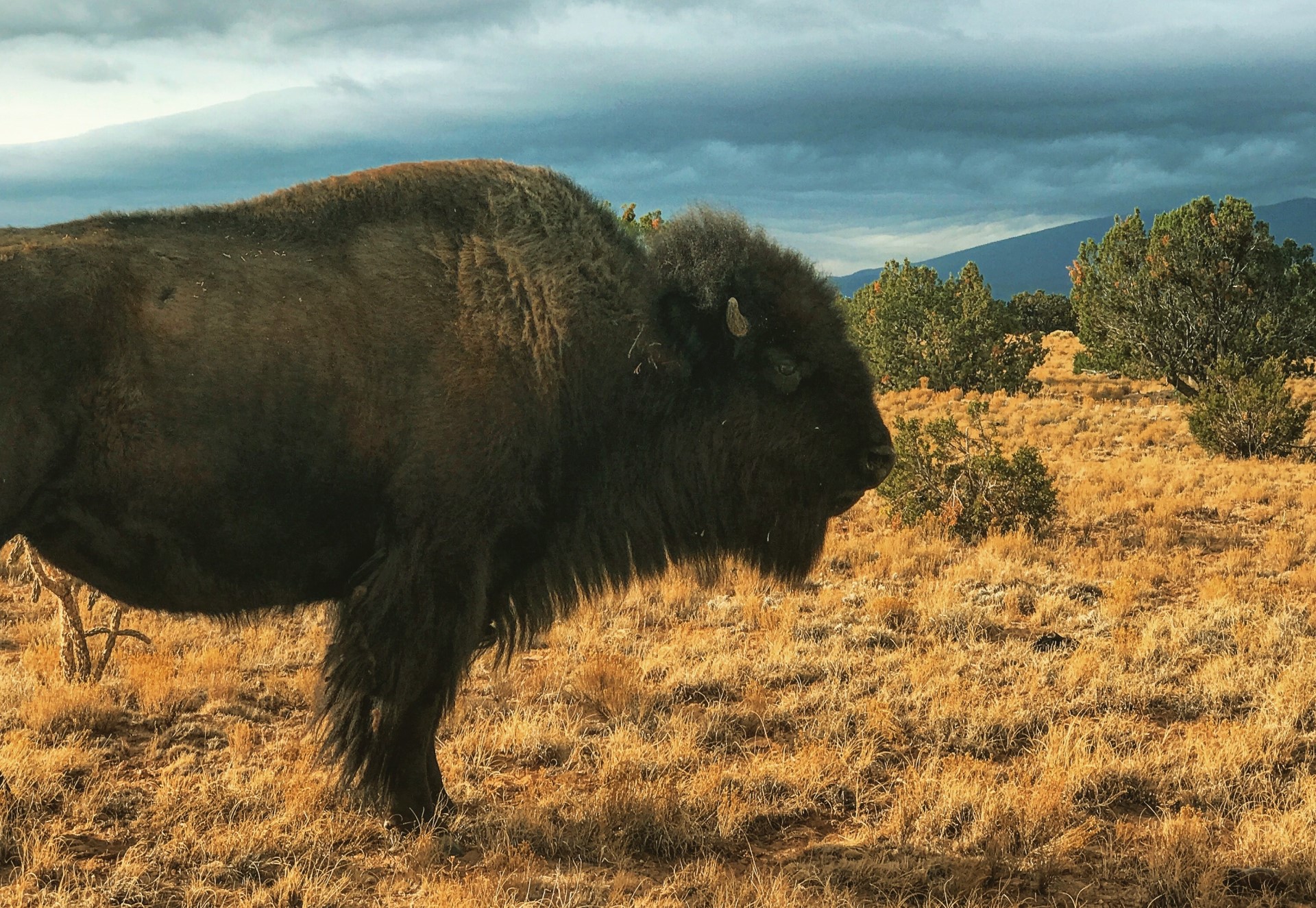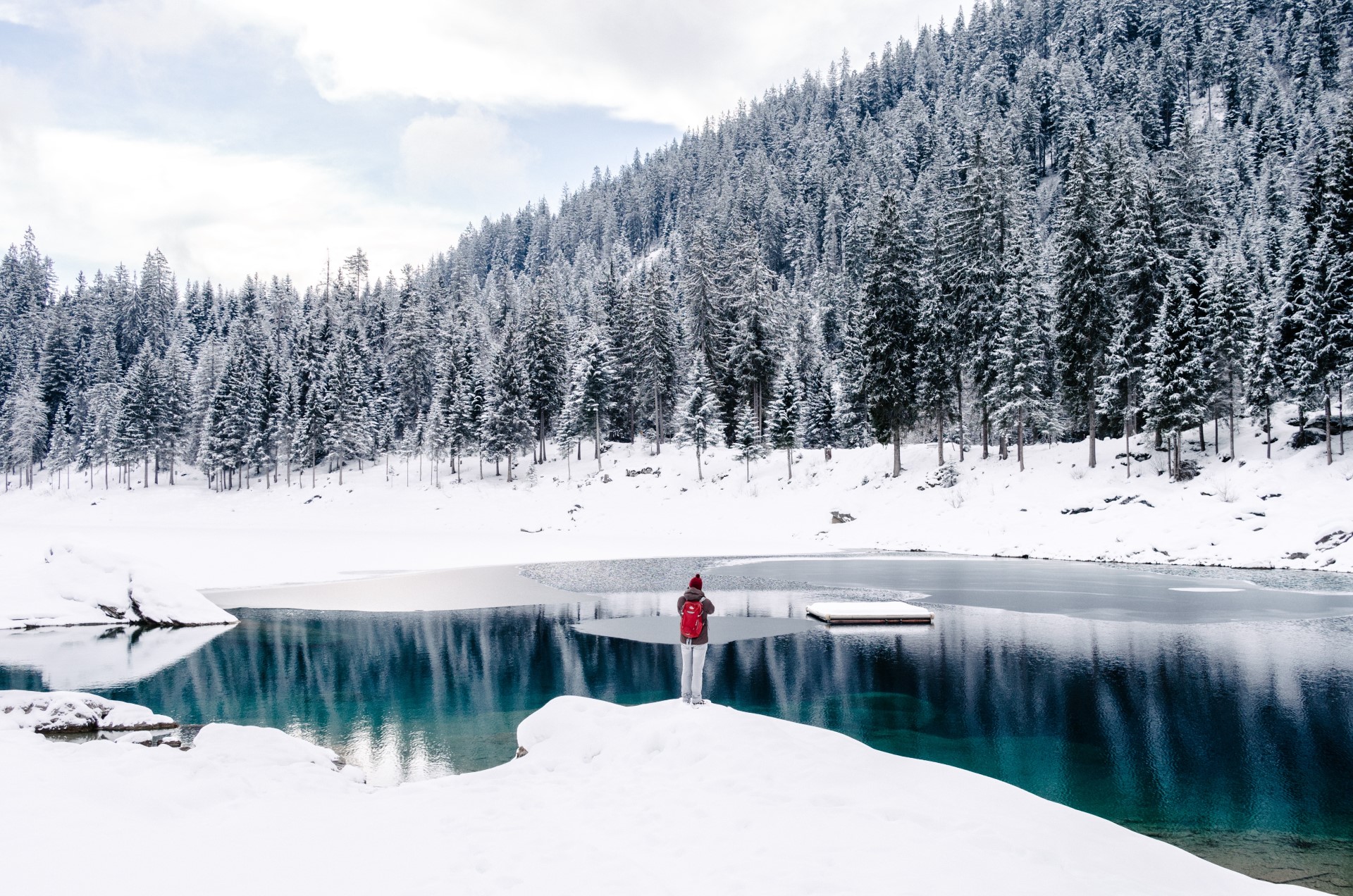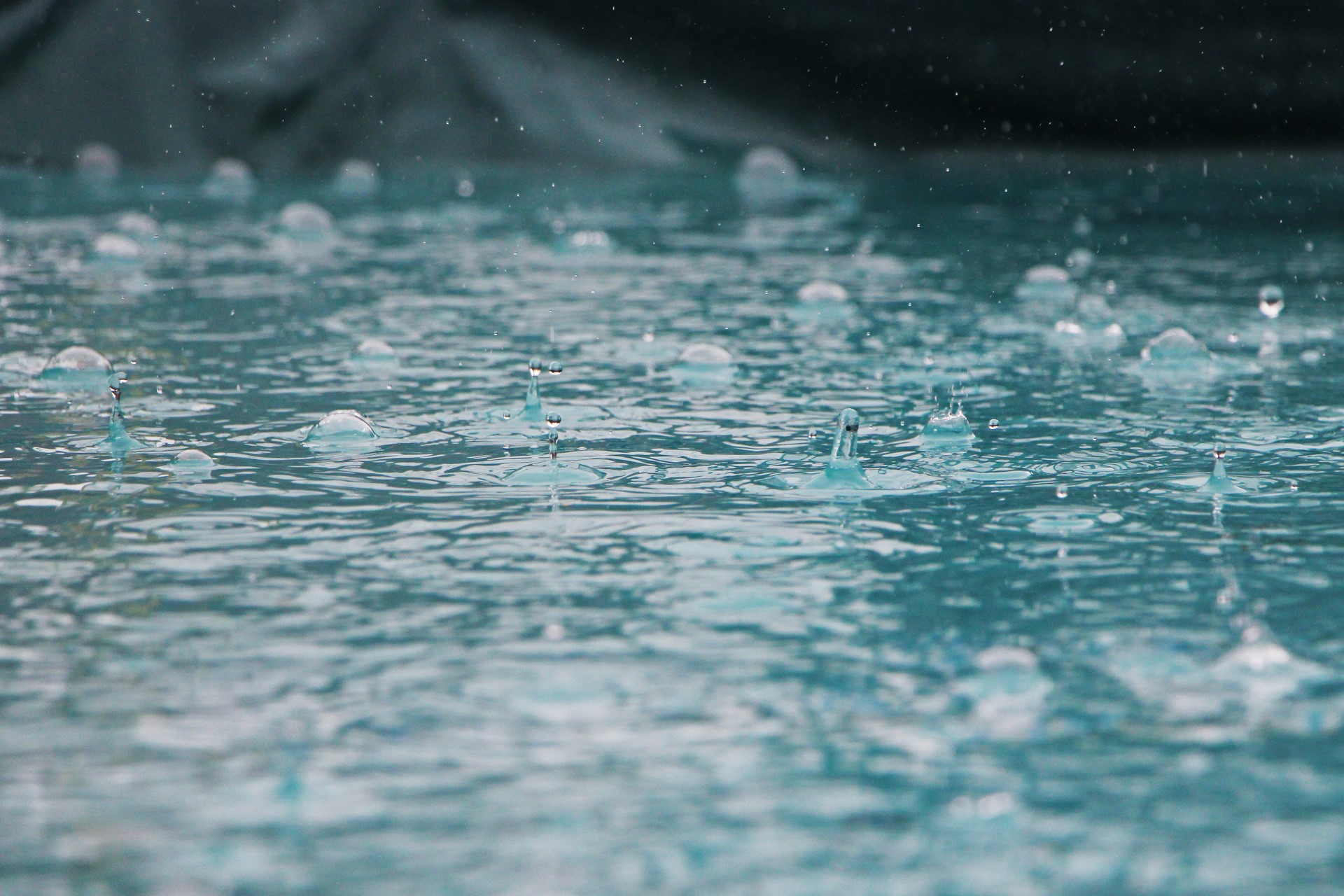Understanding green roofs starts with understanding their power to heal our cities – and what happens when we don’t steward them carefully enough.
(PSST! Download our free green roof stewardship infographic to share with colleagues and friends!)
One of the questions we get most often here at Ecogardens is Why green roofs?
And we get it. Most people aren’t as familiar as we are with the stormwater retention benefits of an extensive green roof, of the pollution-fighting power of plant roots, or the cooling effects of a blanket of green atop a formerly bare cement rooftop.
The good news is, more people are learning about green roofs today – and getting interested in the possibilities they wield for a healthier tomorrow.
In this infographic, we take a look at the explosion in green roof square footage across the US and Canada in the last few years, their incredible ROI-capturing power, their energy savings and property improvement value, and more.
Check it out below!

